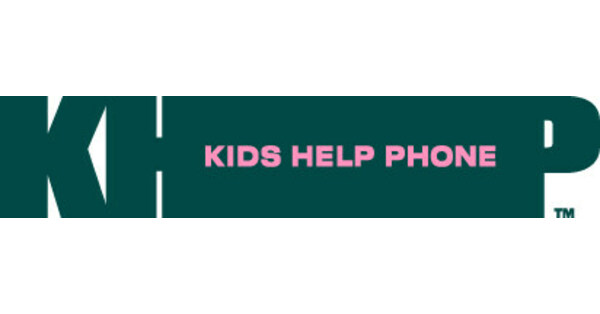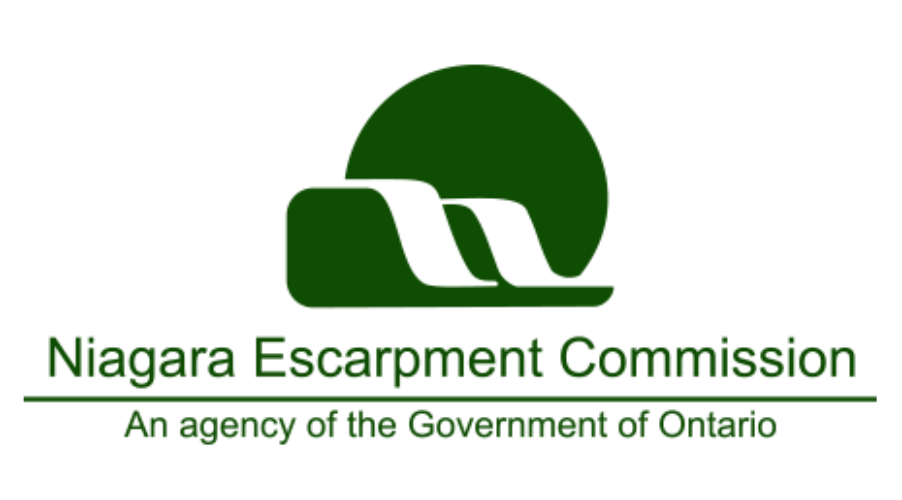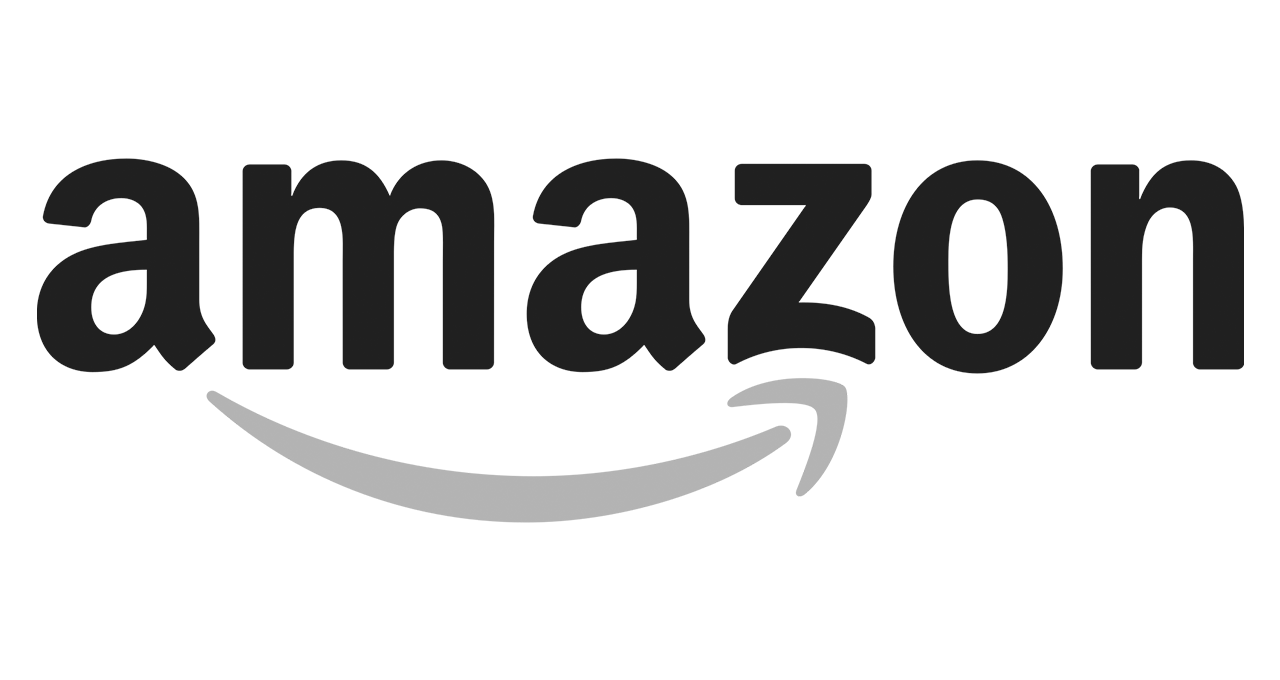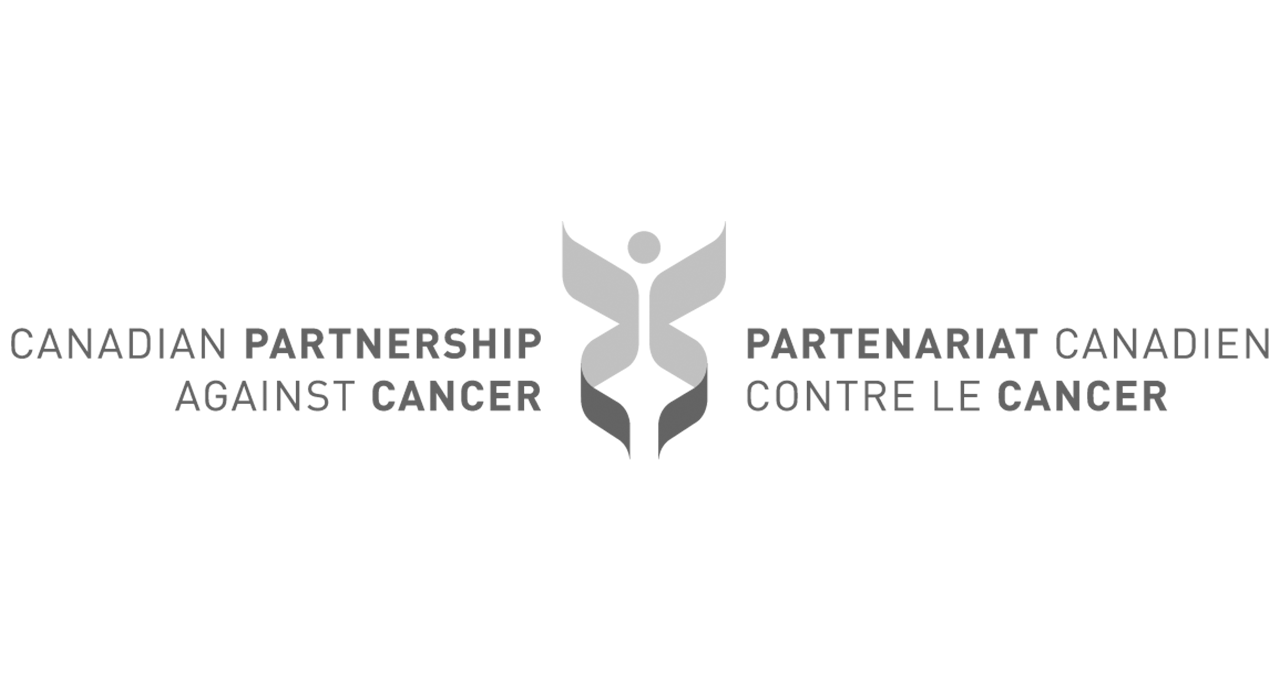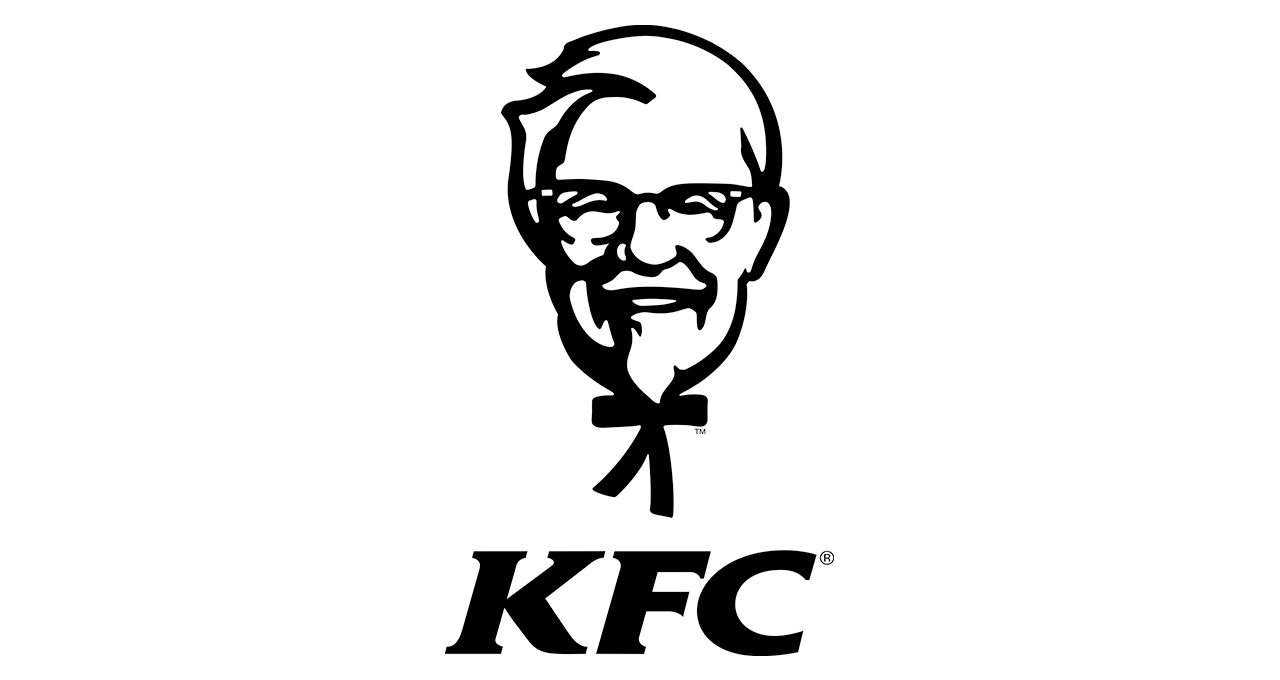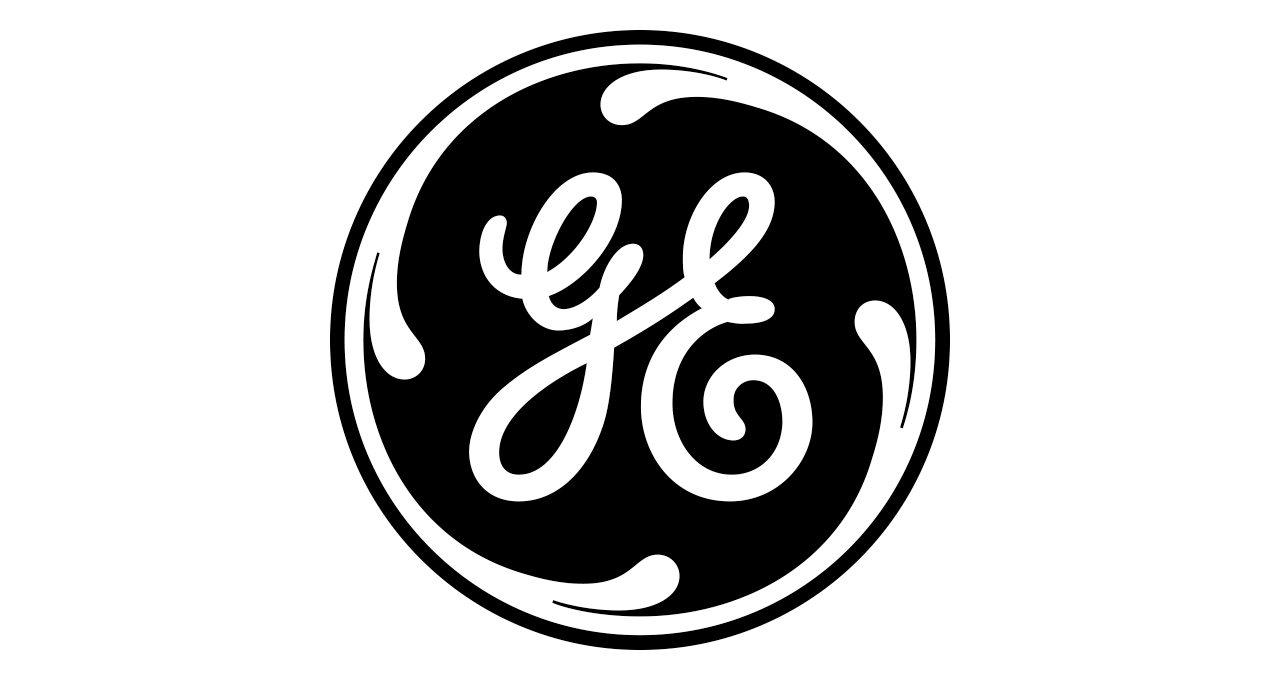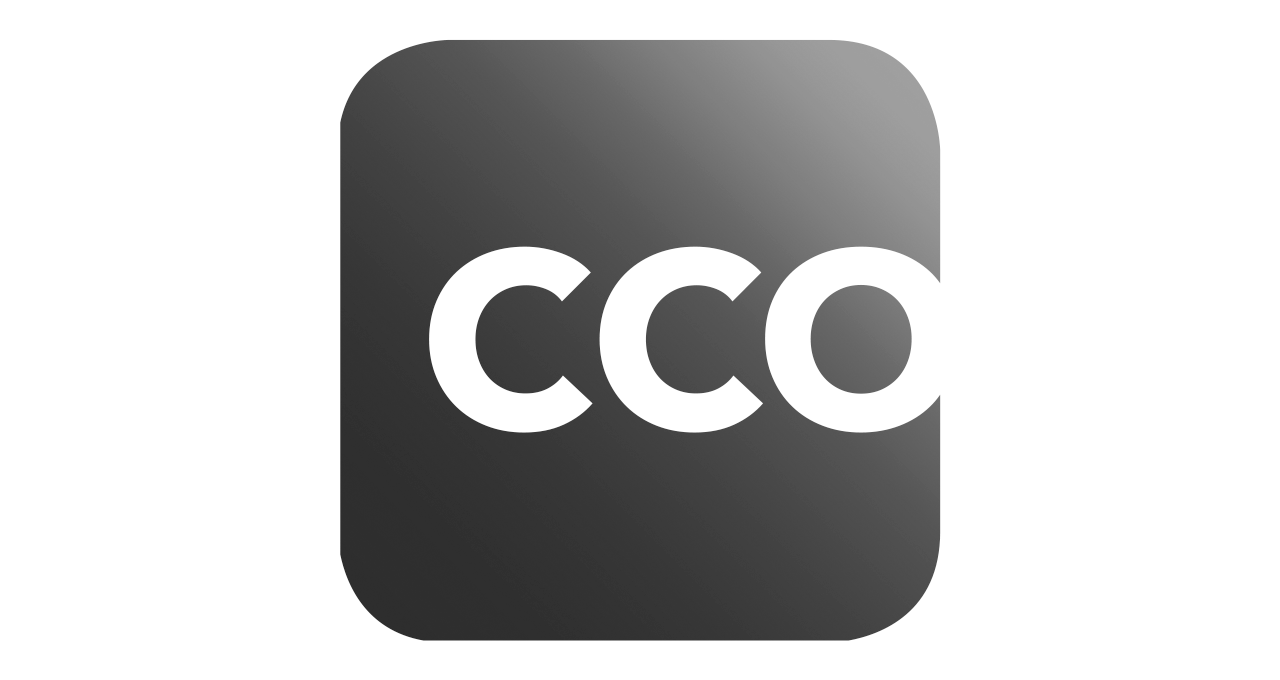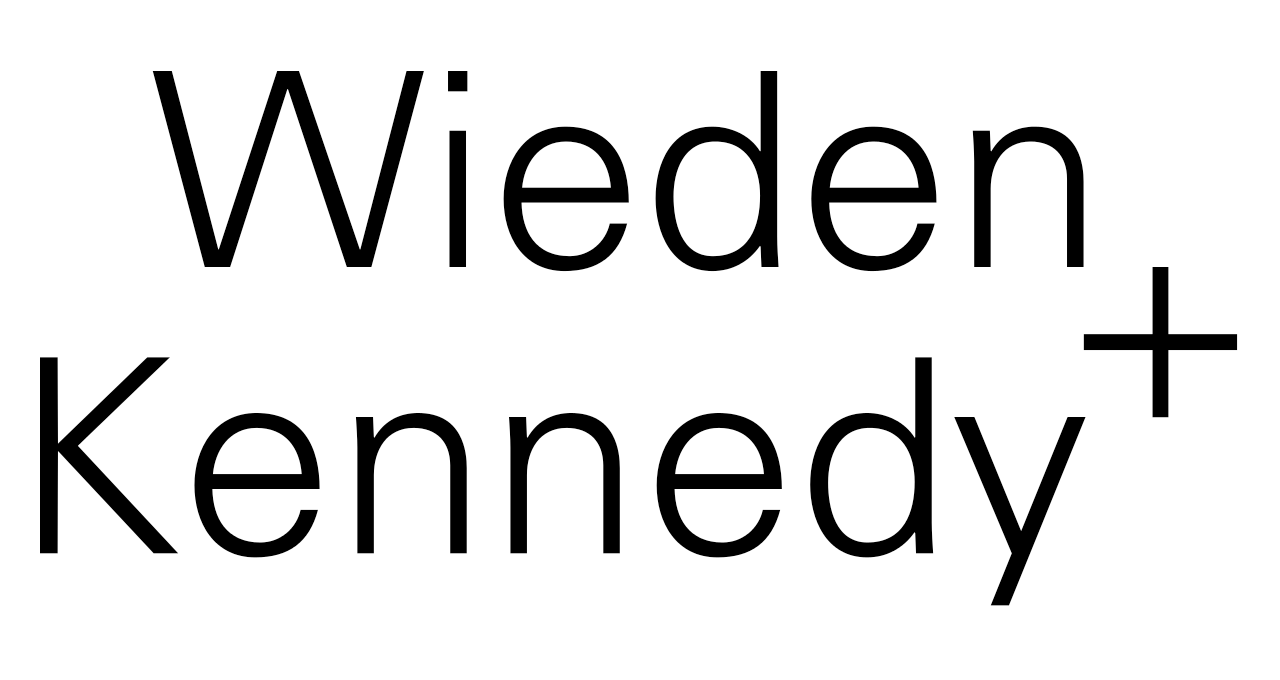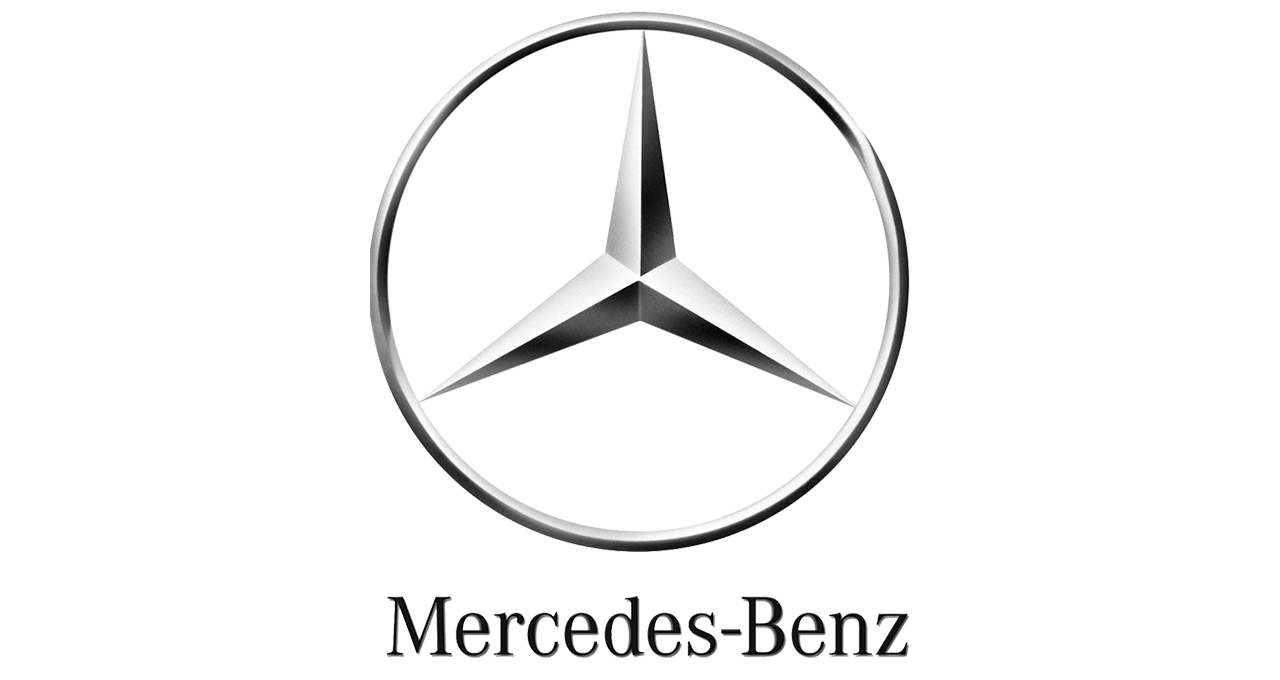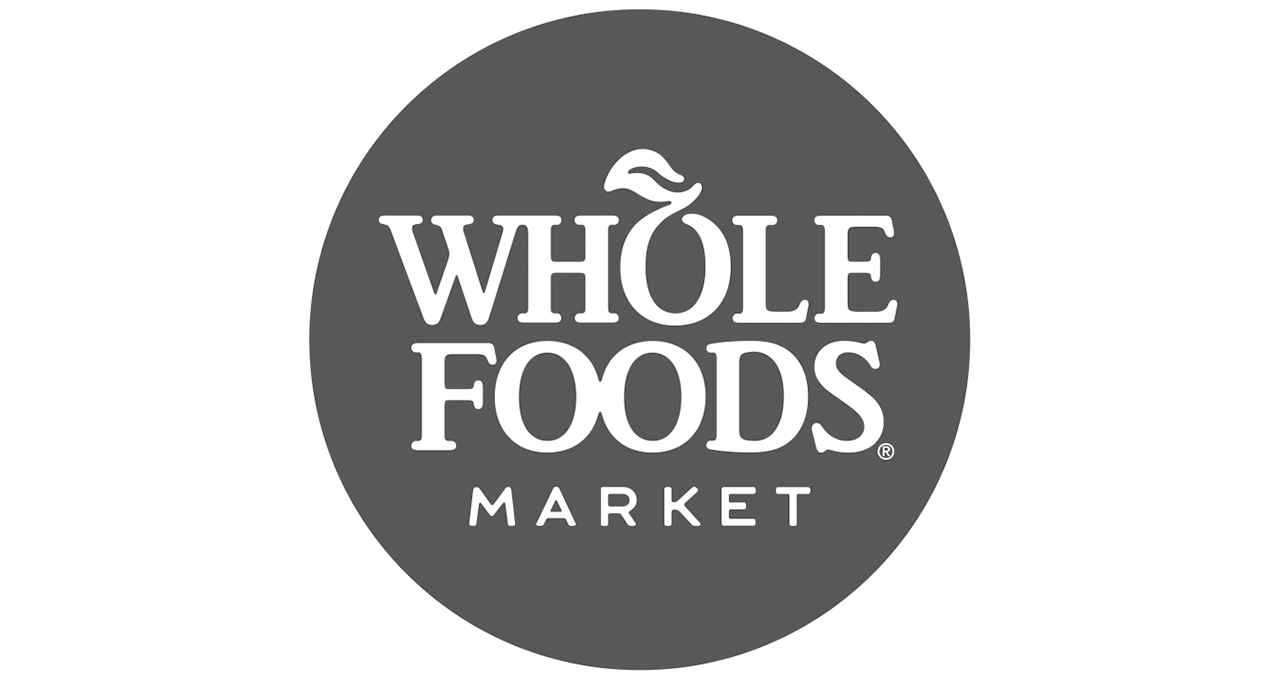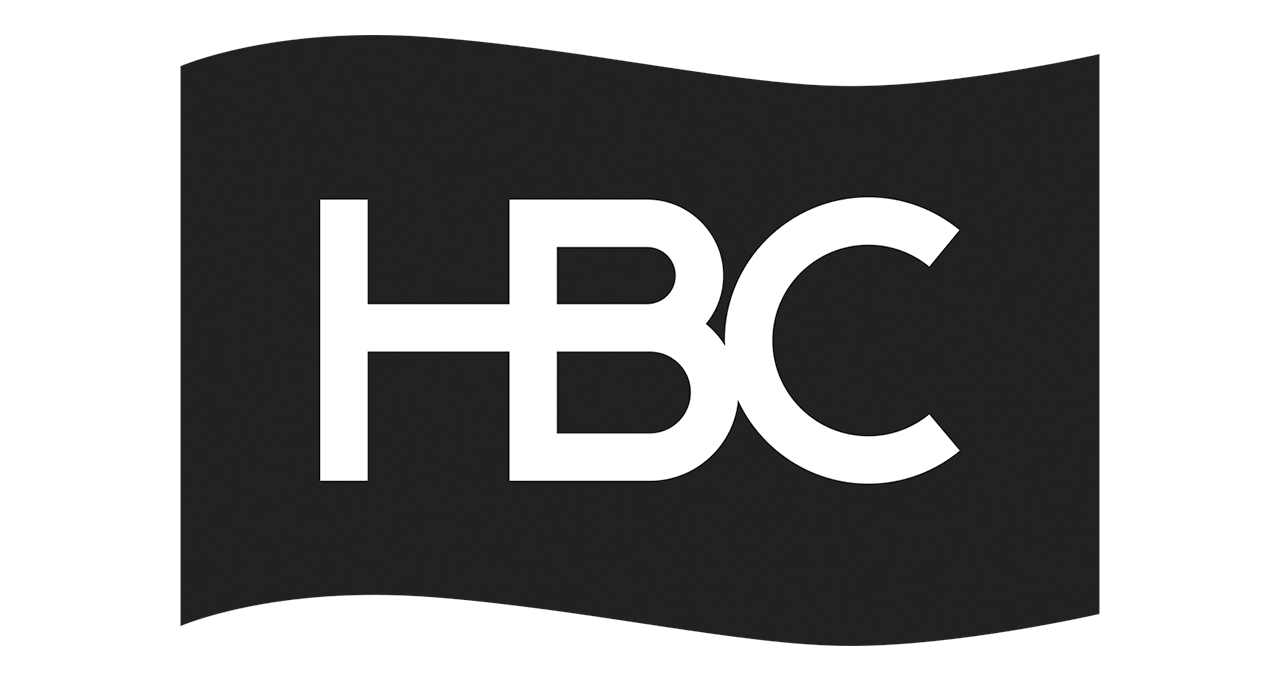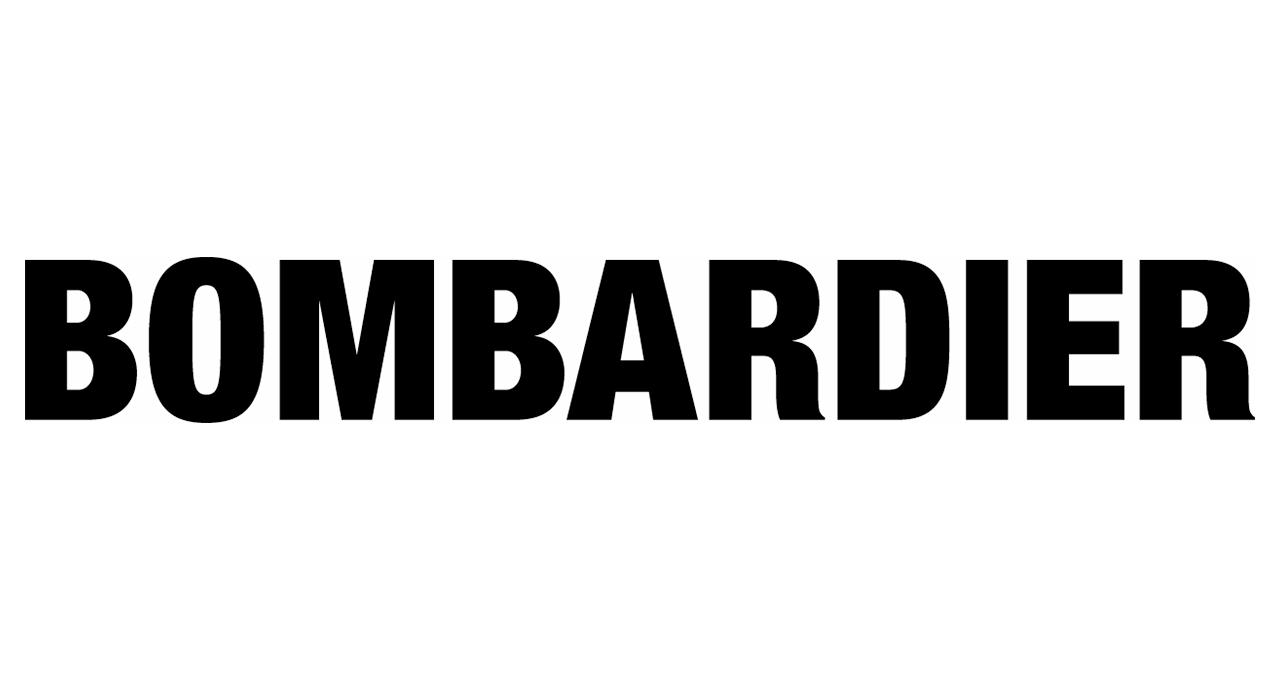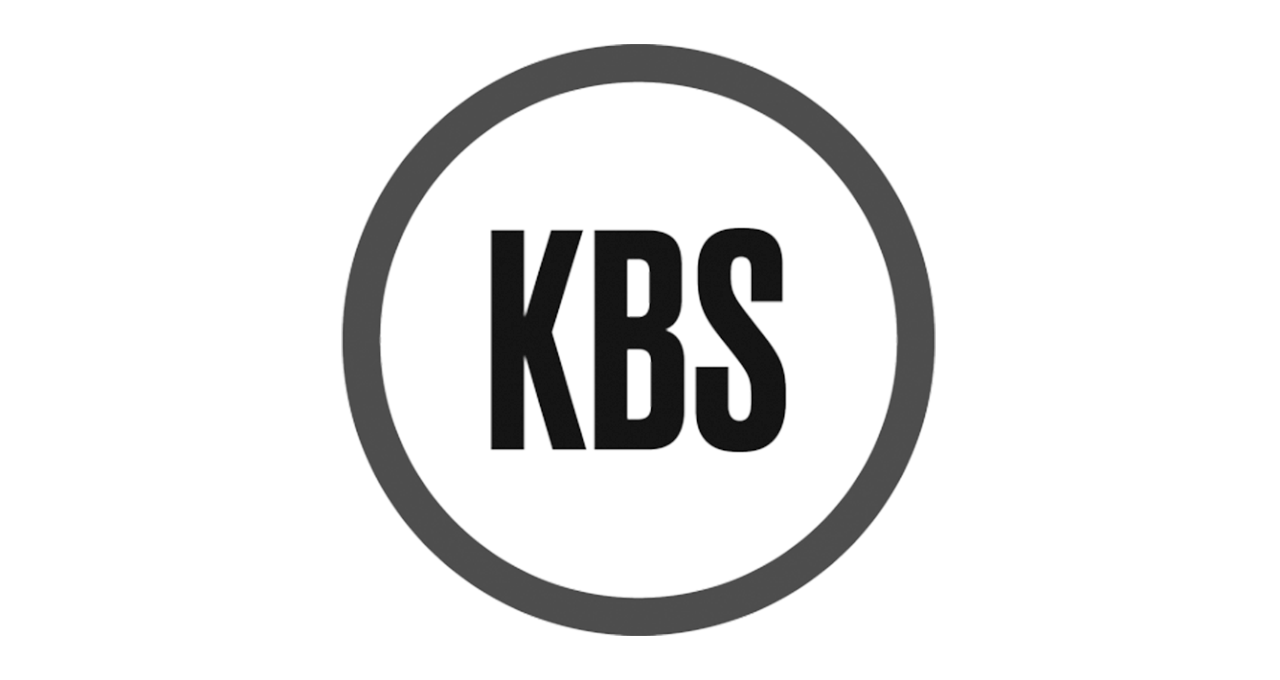Learn how to
improve the jobs your customers do.
We use data from multiple sources to better understand the jobs your customers use your products for; surveys, interviews, focus groups, environmental scans, co-creation. The output can include flows, prototypes, journey maps, personas, blueprints, information architecture, experiments, and product roadmaps.
Learn more
definitions
cus·tom·er
A customer is anyone who hires or fires a product. Customers hire products (goods, services, digital) to help them do the jobs they need to get done to achieve their goals. They fire products when they find other products that help them do their jobs better. Customers don't always "buy" products; it's important to differentiate between purchase-funnel customers and usage-cycle customers.
We brought Hostile Sheep in to help us move a stalled project forward. Another shop failed to deliver what we needed and it became clear that it wasn't going to happen. Jordan and his team came in, asked the right questions, and put the project back on the rails in two weeks.
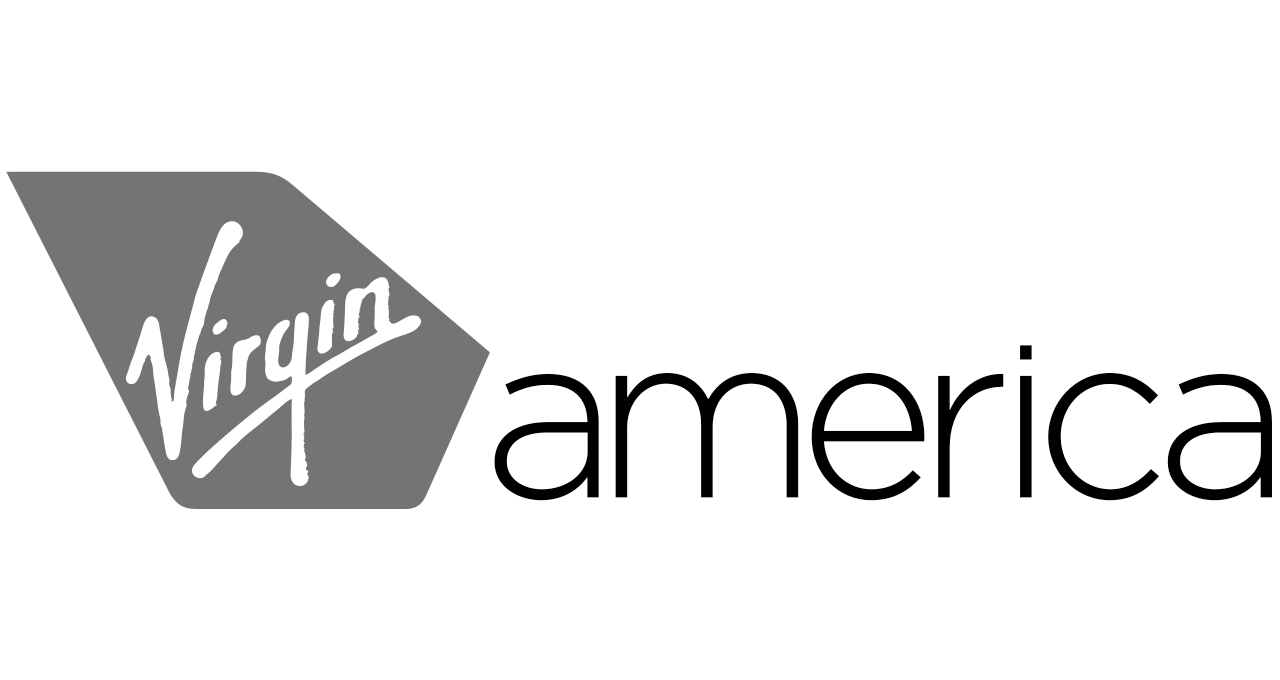
Hostile Sheep is our goto user research partner. Every study we've commissioned with Hostile Sheep has returned actionable results we were able to implement immediately - as well as recommendations we're planning on implementing in future releases.
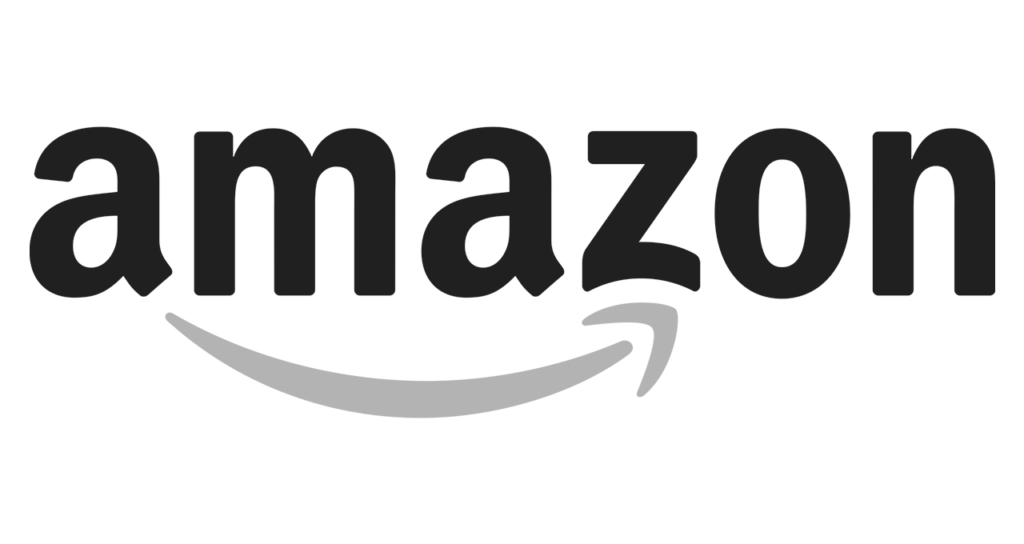
I am confident that what Hostile Sheep provided us with is what we needed to evolve the site into a stronger digital communications tool. I always learn something new which is something that I love!
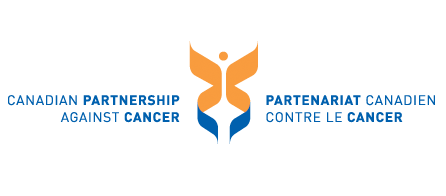
Become more customer-centric.
Customer-centric organizations listen to their customers through well-defined feedback loops; continuously improving their products and experiences. Our customer-centricity maturity model has helped us deliver research findings and design guidelines that are exactly what our clients need.
Learn more
definitions
ho·ri·zon
A product design horizon is a point in a products evolution that cannot be seen beyond. A product roadmap cannot include plans for how the product should evolve beyond the next horizon. It's hard to see the next horizon until a product has reached the apex of the current horizon.
definitions
prod·uct
Products can be hired (or fired) by customers; they include goods and services. Products help customers get jobs done. Every time customers wants to get a job done, they decide what product to hire. Products can be physical goods such as a computer or a car. They can be intangible services such as dog walking or financial advising. And, they can be somewhere in between such as a website or an application.
Trusted by


